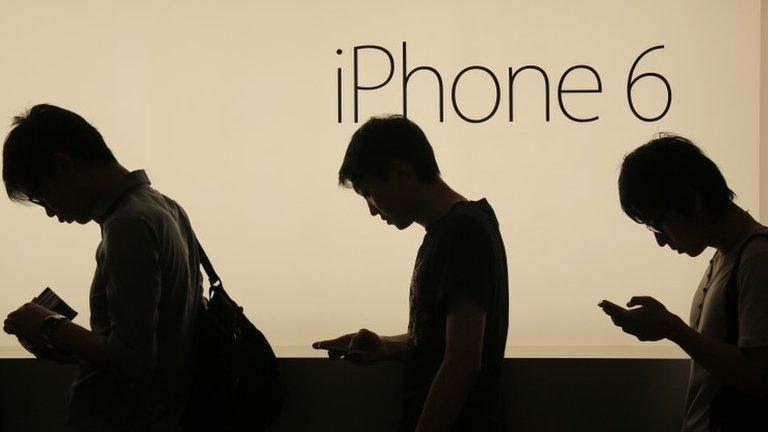Apple's iPhone 7 ditches traditional headphone socket
- Published
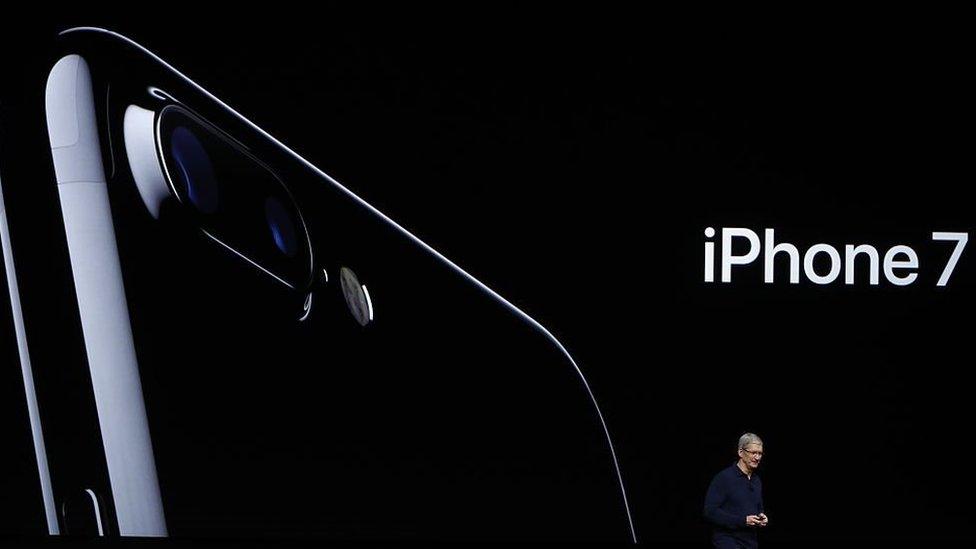
Apple's chief executive Tim Cook introduced the iPhone 7 at the California launch
The iPhone 7 will not have a traditional headphone socket.
Apple said its lightning connector could be used instead, which would make room for other components. It will also promote the use of wireless earphones, and has released a set of its own called Airpods.
The firm said it had taken "courage" to take the step.
However, it risks annoying users who will now require an adapter for existing headphones.
The US company unveiled its latest handsets at an event in San Francisco following a year in which its phone sales and market share shrank.
Hands-on with new iPhone 7 and Airpods
Other new features include:
the home button can now detect how firmly it is being pressed and provide vibration-based feedback, but no longer moves into the phones
the handsets can be submerged in water up to depths of 1m (3.2ft) for 30 minutes at a time
the larger iPhone 7 Plus model gets a two-lens camera on its rear, allowing it to offer a choice of focal lengths
The launch comes a week after the European Commission demanded Apple pay up to €13bn (£11bn) in back taxes to Ireland - a ruling the firm is appealing.
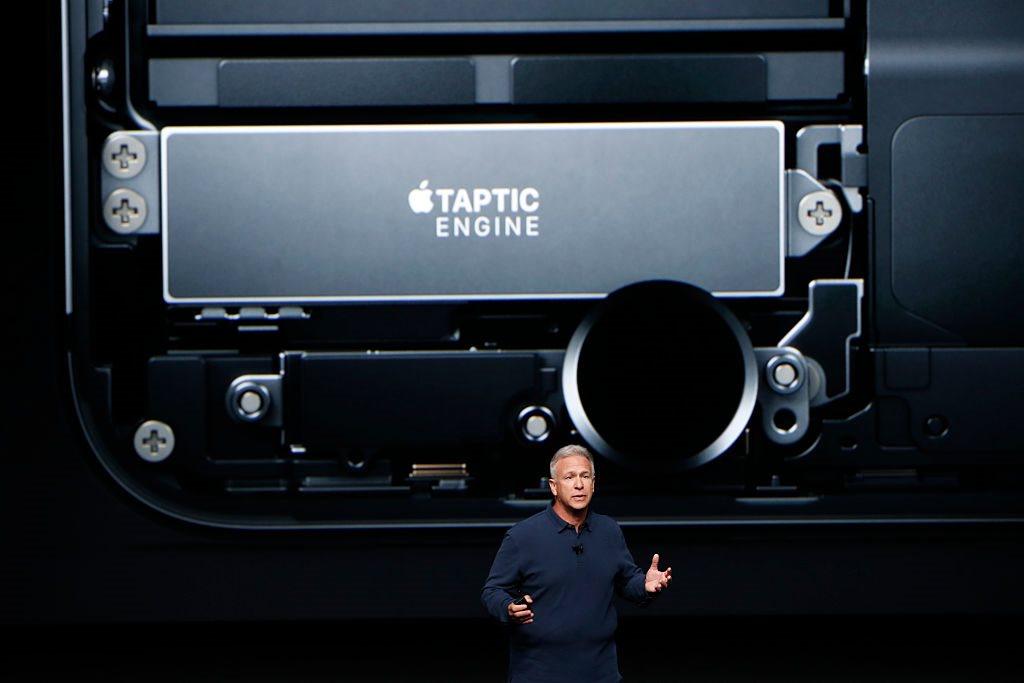
The iPhone 7's home button can now buzz to provide alerts
"The current difficulties with the EU will have little bearing towards the iPhone 7 at this juncture," predicted Ben Wood from the CCS Insight consultancy.
"But the dispute will drag on for years, and if sentiment turns against Apple that could have major implications for the brand.
"For now, there's a strong argument that the iPhone 7 is more than an iterative update.
"Upgrades are all important to Apple and for consumers coming from an iPhone 5S or iPhone 6, the iPhone 7 will feel like a considerable step up."
Airpods
The 3.5mm headphone jack was made popular by Sony's Walkman cassette players, but was first introduced in one of the Japanese company's transistor radios in 1964.
Apple has repeatedly been willing to ditch connectors and other ageing tech from its products earlier than its rivals.
However, it was not first in this case.
"Lenovo's Moto Z and select models from Chinese manufacturer LeEco have launched without the 3.5mm socket in 2016," noted IHS's Ian Fogg.
"These manufactures have had little adverse reaction, in part, because they sell many fewer smartphones than Apple."
One audio expert also had doubts.
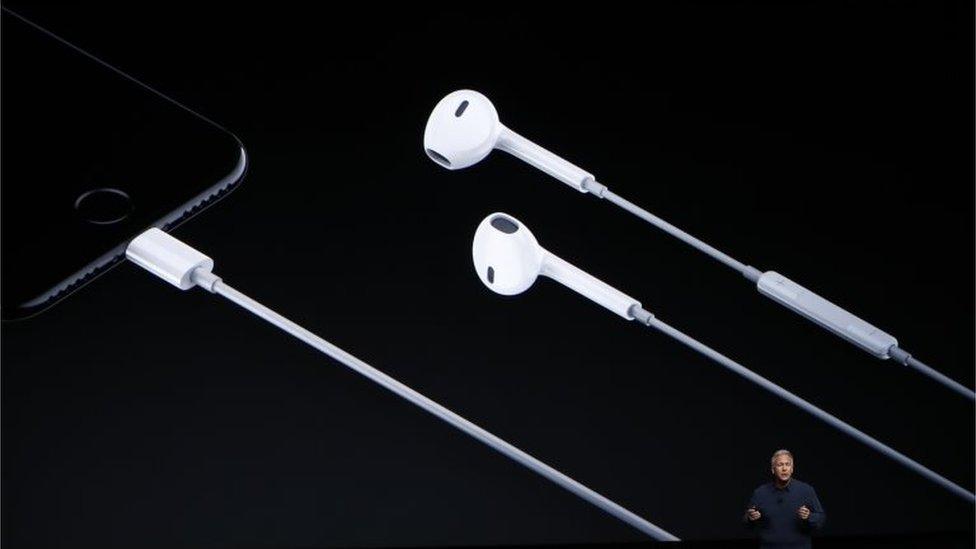
Apple says that removing the 3.5mm headphone socket frees up room for other parts
"If you've been interested purely in the audio quality then a wired connection has always been best," said Simon Lucas, editor of What Hi-fi magazine.
"You have greater stability - there's no possibility of drop-outs. Wireless headphones also need to be charged, and the louder you listen to them the quicker they will run out of power.
"With regards to headphones with a lightning connector, there's only about eight pairs currently available and they will all have had to pay Apple a licence to use its proprietary connector."
Apple, however, suggests there are advantages to using its Airpods, which will cost £159.
It demonstrated that the wireless headphones could be paired with the phone much more quickly than is normally the case with Bluetooth sets.
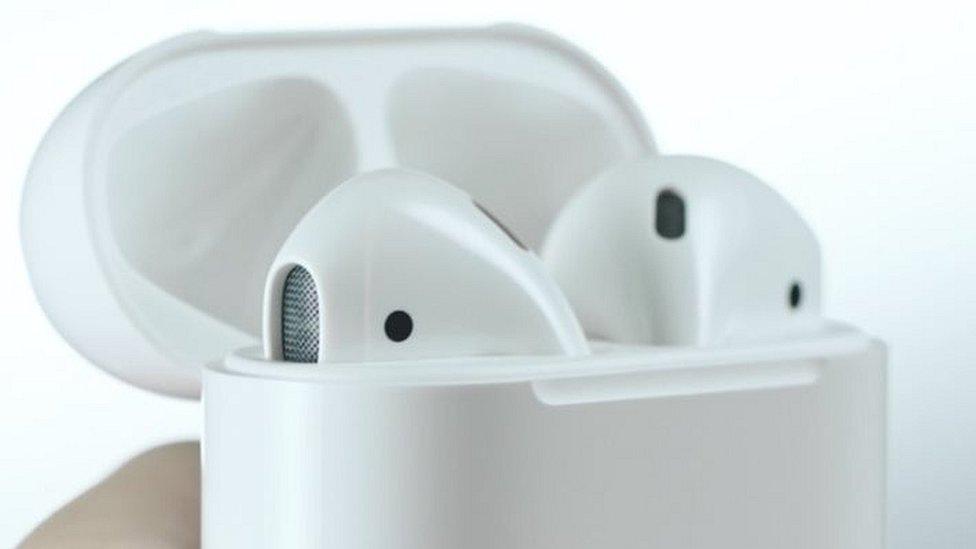
The Airpods come with a case that can boost their charge
The Airpods also contain infrared sensors to detect when they are in the user's ears. This allows them to automatically stop music when they are taken out.
Motion sensors in the buds also allow the firm's virtual assistant Siri to be activated for voice commands by double-tapping their sides.
Users will, however, have to get used to charging another device.
Apple said the Airpods would last "up to five hours" on a charge, and come with a recharging case that can extend their life up to 24 hours before a plug socket is required.
Another related change is the introduction of stereo speakers - one at each end of the handset - which Apple said meant the iPhone 7 could deliver twice the volume of the iPhone 6S.
One company watcher said removing the 3.5mm socket would still annoy some users, but added that their frustration might be short-lived.
"Apple changed the charger port a few years ago and people got upset," said Francisco Jeronimo from the research firm IDC.
"But it didn't stop people from buying the iPhone. Removing the headphone jack won't either.
"What's more important is whether a consumer likes Apple's ecosystem or Android's, because at this point Windows and Blackberry phones have an extremely low market share."
Two cameras
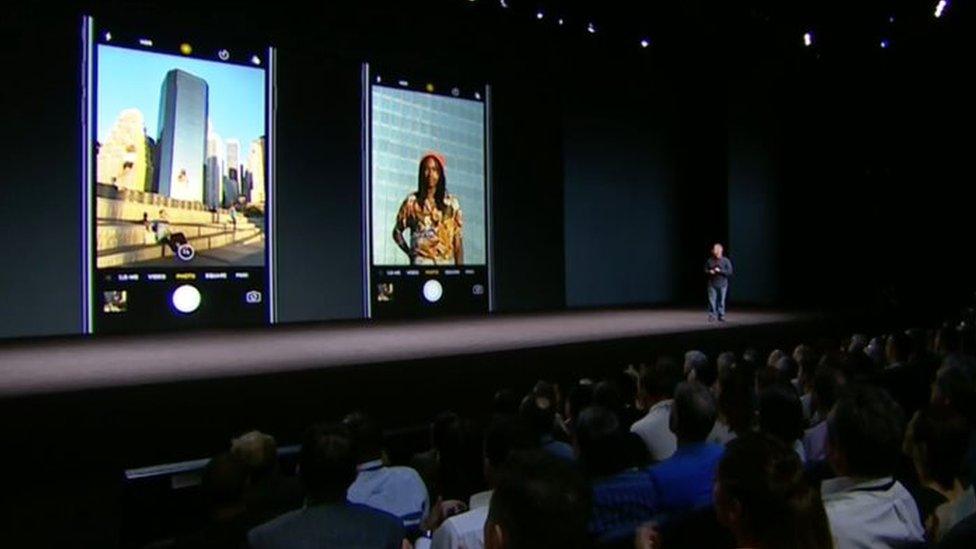
Having two lenses allows the iPhone Plus to offer a greater zoom range
The iPhone 7 Plus has both a wide angle and telephoto lens on its back, both using their own 12 megapixel sensor.
This allows the owner to quickly switch to a tighter shot without sacrificing image quality, and also allows the device to offer 10x zoom - double the amount than before - by digitally cropping the photo in the camera app.
A similar feature is already available on LG's G5 phone.
But Apple says it will also be able to combine data gathered by both camera sensors to simulate an effect associated with larger DSLR (digital single-lens reflex) cameras.

Apple is using software to simulate a shallow depth-of-field effect that traditionally required a much larger lens
It said software would be able to automatically pick people's faces out from the background, keeping the humans in focus while blurring the rest of the shot in order to enhance the portraits.
The feature will not, however, be available at launch but will rather be provided as an update later on.
The iPhone 7 ranges from £599 to £799, depending on the amount of storage. The iPhone 7 Plus ranges from £719 to £919.
That marks an increase on last year's prices, when the entry-level iPhone 6S was £539 and the iPhone 6S Plus was £619, albeit with less storage. US consumers have not seen such significant increases.
They are available to buy from 16 September.
Apple has also raised the prices of other products in the UK, including its iPads, despite the fact that the tablets have just been given price cuts in the US.
The BBC understands this has been done to reflect the weaker pound.

Analysis: Dave Lee, North America technology reporter

A 3.5mm headphone jack adapter is bundled with the iPhone 7
The room went silent upon seeing Apple's adapter for using normal headphones in the iPhone 7's lightning port.
It's purposefully irritating and clunky, because Apple of course wants you to invest in wireless headphones.
But a big cheer rang out for the Airpods themselves. They look cool, and relatively discreet - but could be a bit prone to falling out of your ears. Charging them could also become a hassle.
Stereo speakers for external sound is a nice new touch - but Apple is really slow to this compared to rivals like HTC and ZTE. And, the grumpy man in me hates anything that encourages phone audio to be played out loud in public.

Apple says the Airpods can be connected with a single tap of a button
The demonstration of the iPhone 7 Plus's camera capabilities didn't exactly draw cheers, but more satisfied "mmm, nice" noise from most of those around me.
It also feels like Apple has had a slight rethink with the Apple Watch. The device is clearly a fitness device first, fashion statement second - no longer is it pushing a $10,000, gold-plated model.
Now the poster people of Apple Watch are the likes of Serena Williams, not Beyonce.

New Watch
Apple also unveiled a new version of its smartwatch, which it described as the "ultimate fitness device".
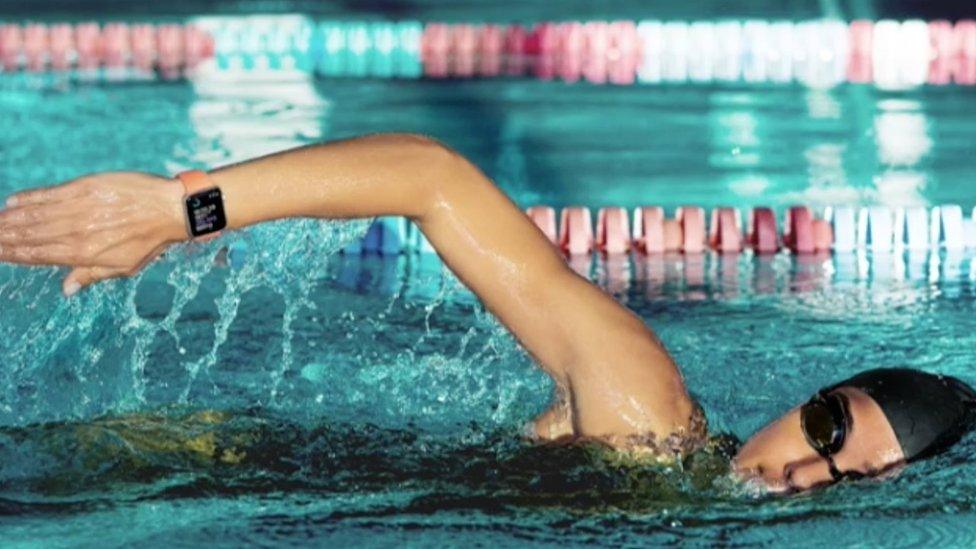
Apple says its new smartwatch can be used underwater
The firm said the Apple Watch Series Two is water resistant to 50m (164ft), meaning it can be used while swimming or surfing.
It also introduces:
a built-in GPS location tracker, letting running routes be tracked without carrying a paired phone
a more powerful processor, letting it show more detailed graphics in apps than its predecessor
a brighter screen
The original Watch is the best selling smartwatch on the market, but shipments of the device dropped more than 50% between the April-to-June quarter of 2016 and the same period the previous year, according to IDC, external.
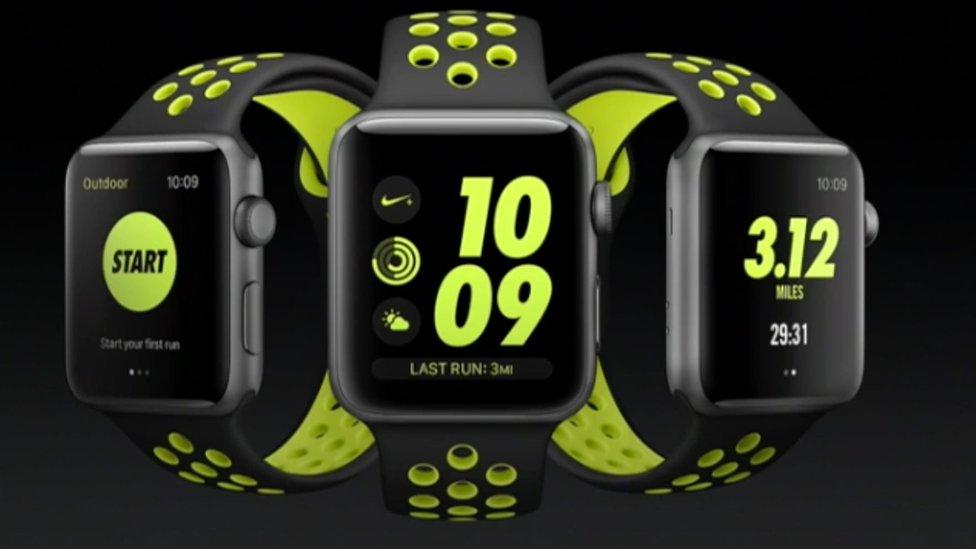
Nike announced a new running app and strap for the Apple Watch
"It seems people don't want all their smartphone features on a smartwatch - what they want is basic notifications and basic alerts, and that's why some other brands are now making traditional-looking watches with additional digital features instead," said Mr Jeronimo.
"That's a challenge for Apple as well as for Samsung and other tech firms selling feature-rich smartwatches."
Apple said it thought the device would have particular appeal to runners, and may be able to stoke interest through a partnership with Nike.

There is a new option to buy the Watch in a ceramic case, which costs several times the basic version
The fitness brand has created an app that lets its owner share details of their runs with others, and has also launched its own bands for the timepiece.
Super Mario
Although many of the details of the new devices had leaked in advance, there was one major surprise at the start of the event.
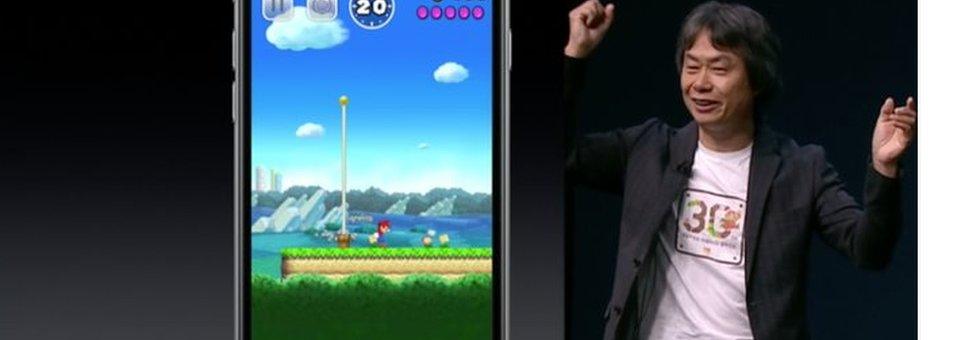
Super Mario Run will have a one-off fee when it goes on sale
Video game character Mario's creator, Shigeru Miyamoto, appeared to announce that Nintendo's plumber would appear in his first iPhone video game before the end of the year.
Mr Miyamoto confirmed that the running-themed adventure would be an iOS exclusive at launch.
It follows the success of another Nintendo franchise, Pokemon, on the platform.

Nintendo had resisted launching smartphone games until this year
It was also revealed that the Apple Watch would soon gain the ability to tell owners how close they are to nearby monsters in Pokemon Go, and to show which characters have hatched from eggs in the augmented reality title.

Gone but not forgotten
Apple has a habit of being an early abandoner of tech it thinks has become outdated.

1998: Floppy disk drive
When Steve Jobs unveiled the original iMac, there was surprise that it was missing a floppy disk drive. Apple said 1.44 megabyte disks had become too small to hold the files owners would want to create. But the decision left the computer without a built-in way to get files on to removable storage as its CD-ROM drive could read but not write data.
2005: Dial-up modem
An iMac refresh dropped built-in support for dialling up the internet via a telephone line. Most people in the US still did not have access to a broadband connection at the time, and some of those affected criticised Apple for making them buy a $50 add-on peripheral.
2008: CD/DVD drive
Apple boasted that the MacBook Air was the world's thinnest computer and ran TV ads showing it fitting into an envelope. But the achievement was only made possible by building a laptop without the ability to play CDs or DVDs. Many reviewers believed that the trade-off made it an impractical choice as a user's primary computer.
2012: 30-pin connector
Apple had used its proprietary 30-pin connector ever since 2003's iPod. It ditched the data-and-power plug in the iPhone 5 to help slim down the handset. But it left many users with old chargers, docking stations and other peripherals that did not fit the new devices.
2015: USB 3 ports
Last year's Macbook launched with a single USB-C port for data connections and charging. The firm describes it as the "future of the notebook", but for now users need to buy an additional hub if they want to use it with older plug-in hardware.
- Published8 September 2016
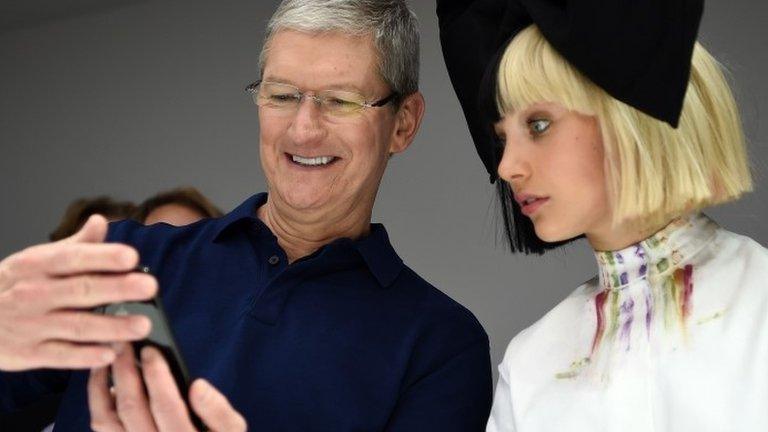
- Published7 September 2016
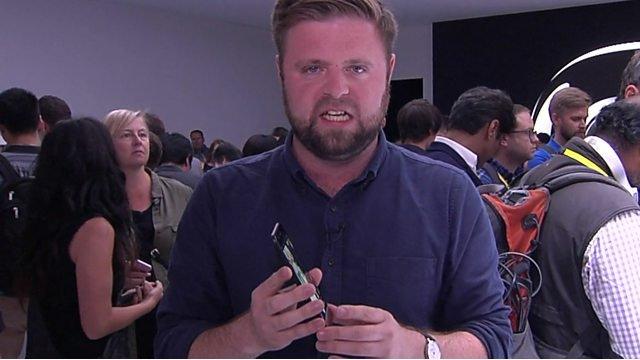
- Published7 September 2016

- Published31 August 2016
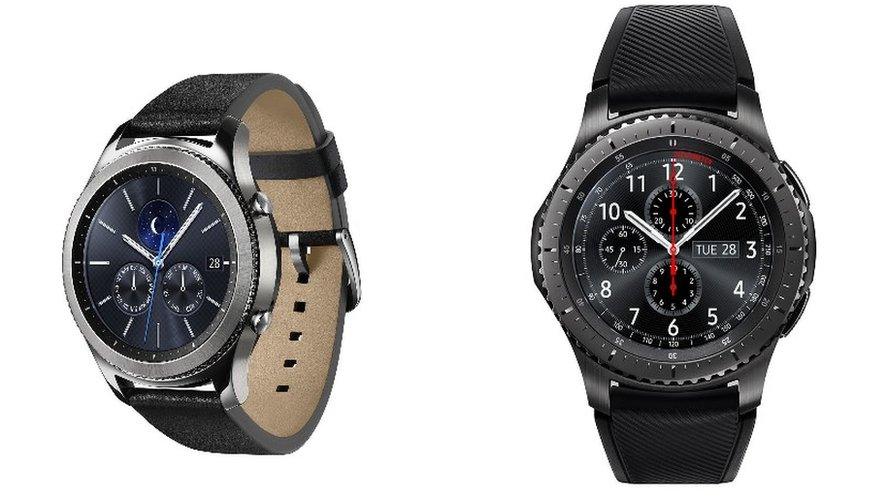
- Published13 June 2016
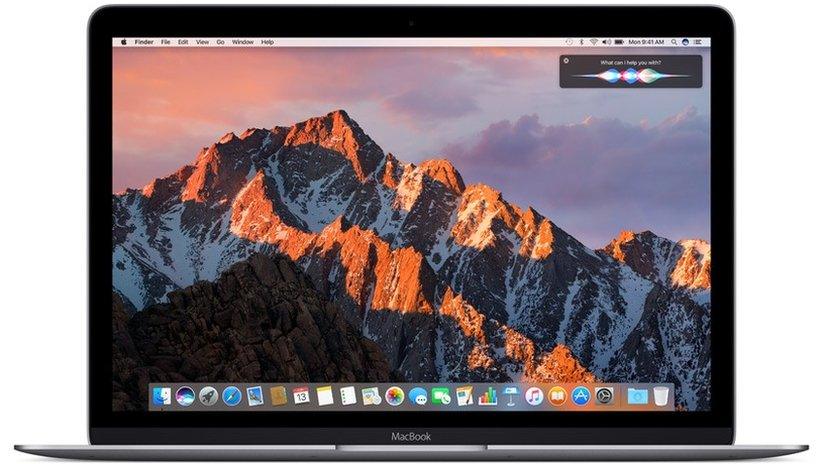
- Published24 August 2016
